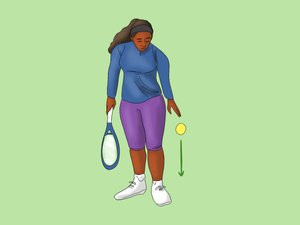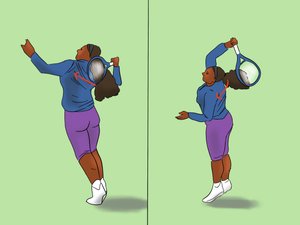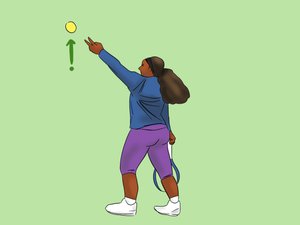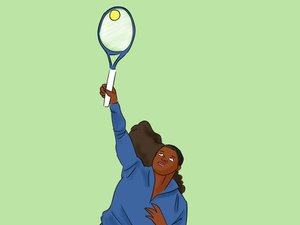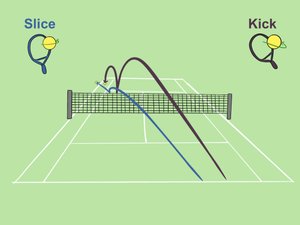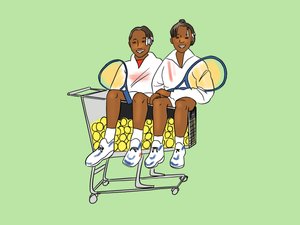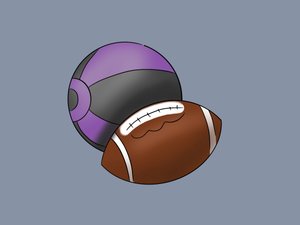How to Serve a Tennis Ball
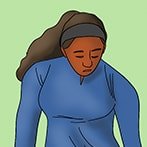
Authored by
Tennis PlayerBeing able to consistently serve well is vital to the sport of tennis, as it’s the only shot where you have complete control, and it’s an opportunity for you to score an ace without spending any energy running toward the next shot. However, it’s also one of the hardest shots in tennis, so it requires a lot of practice and effort to master.
